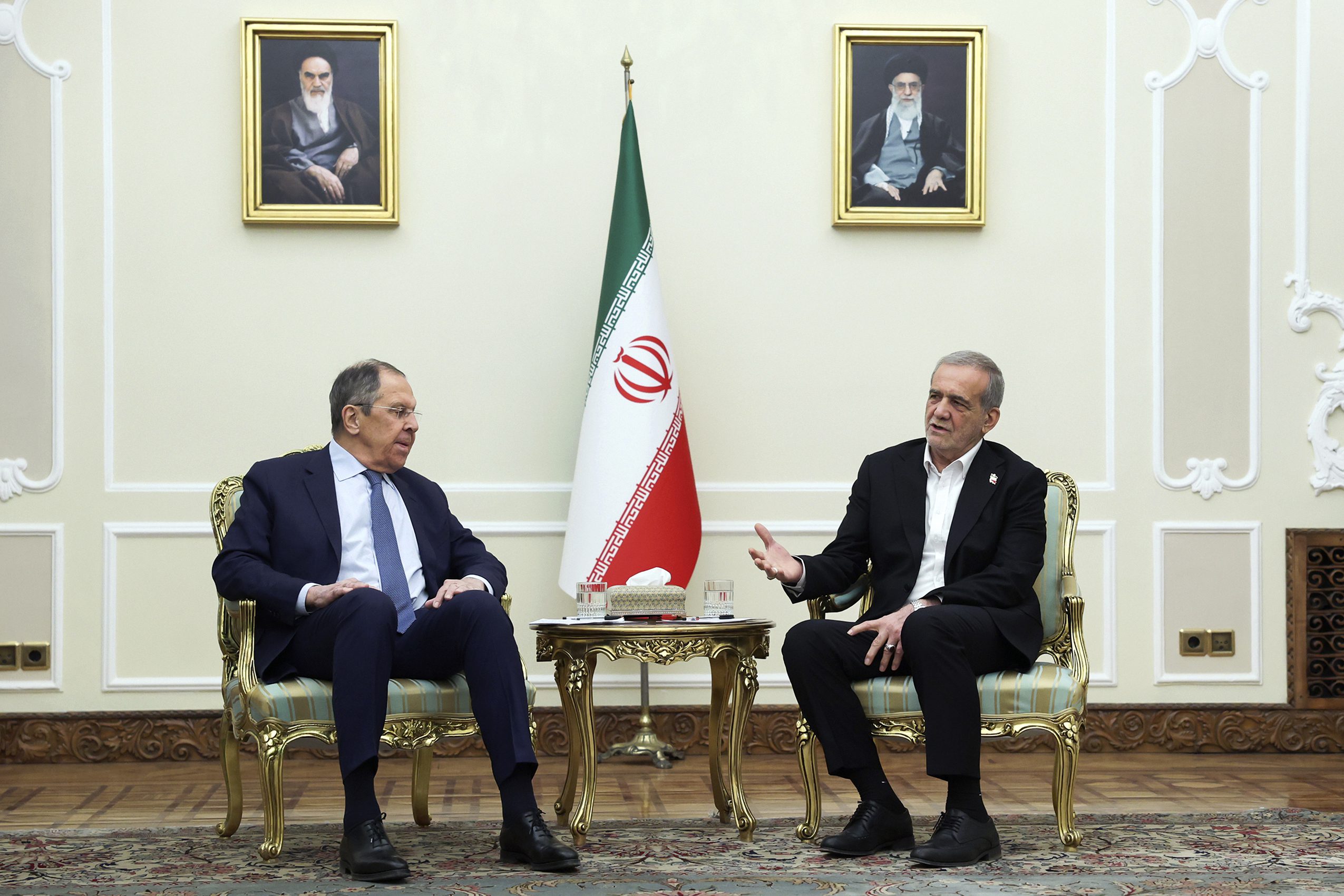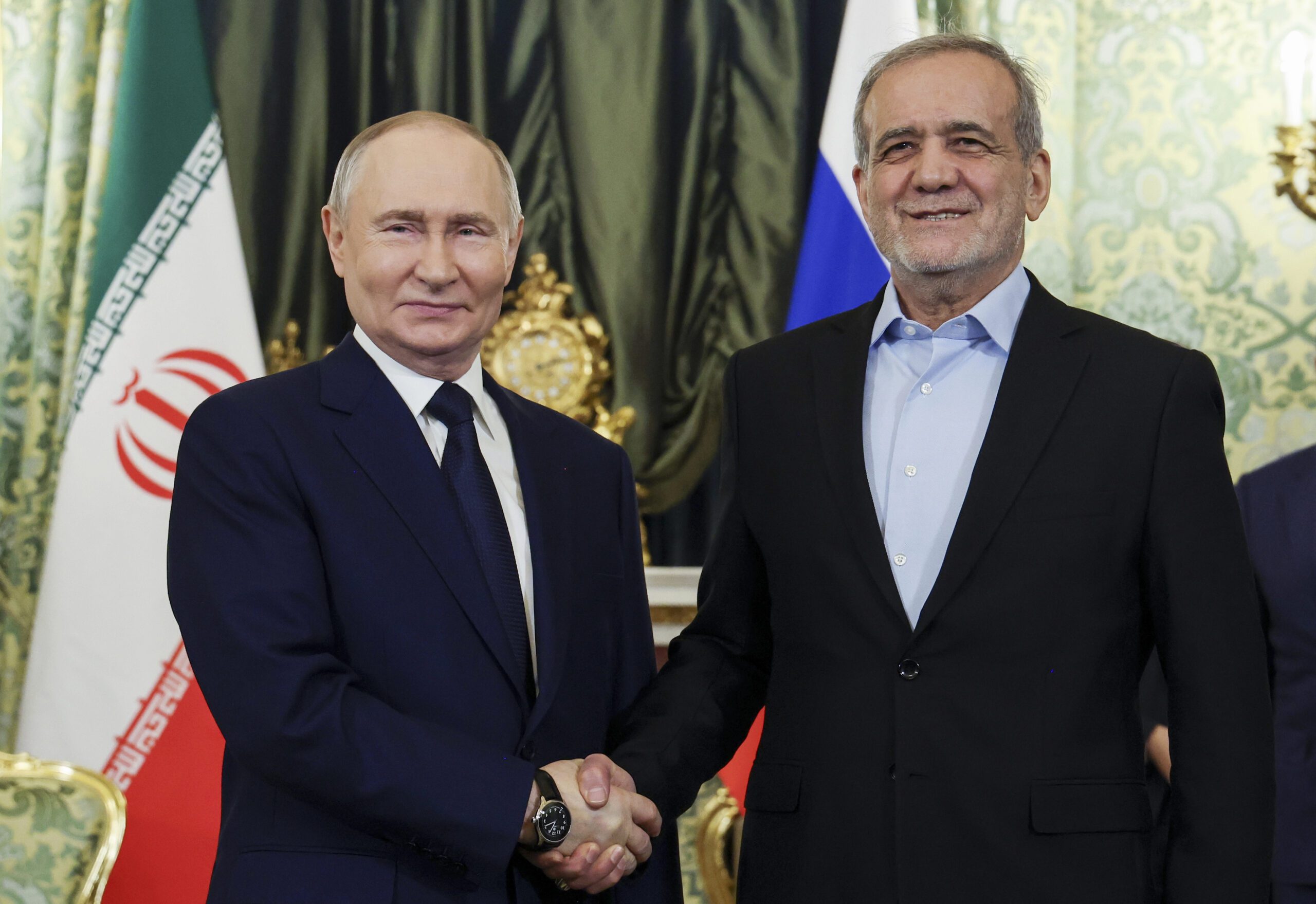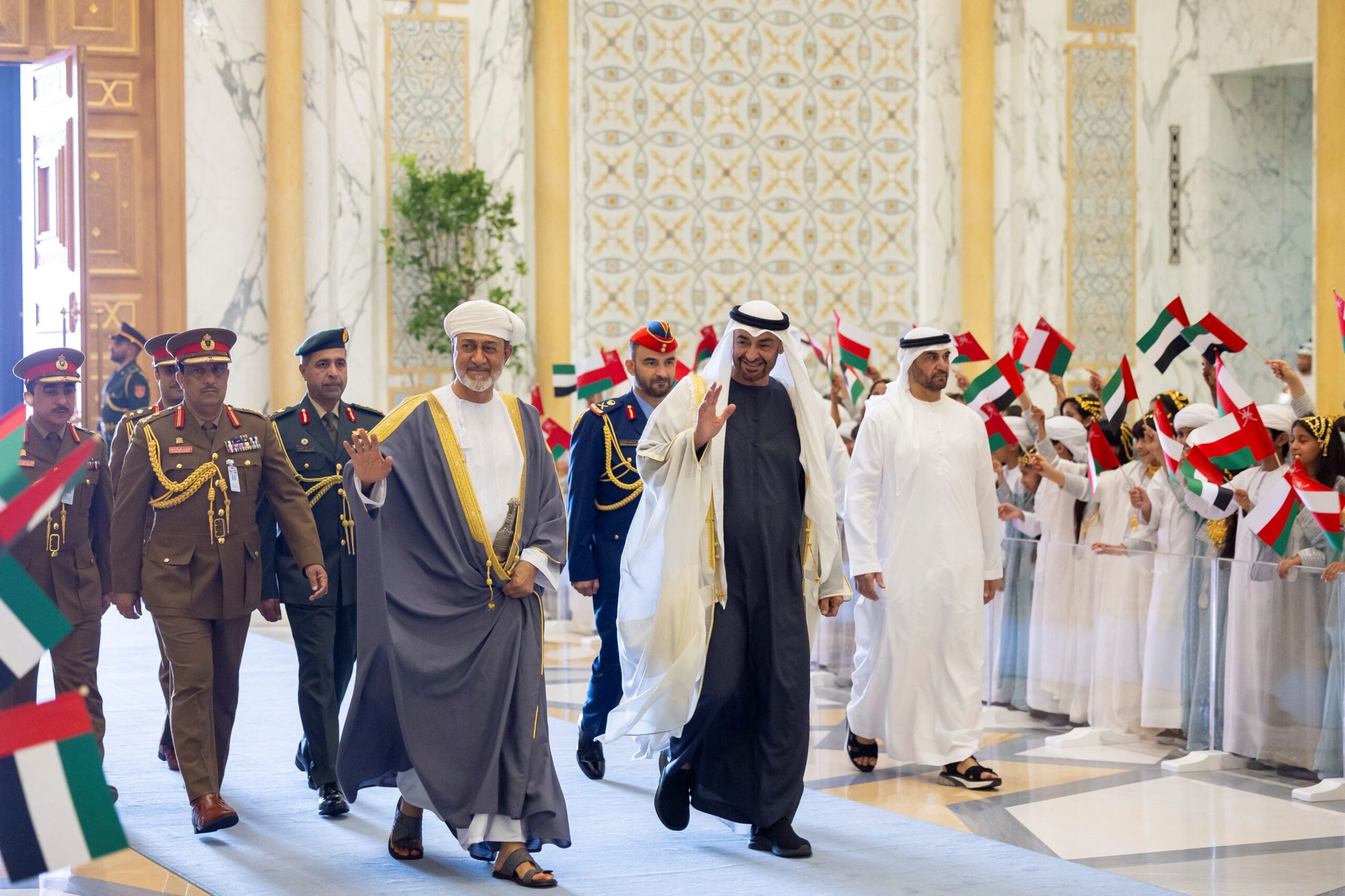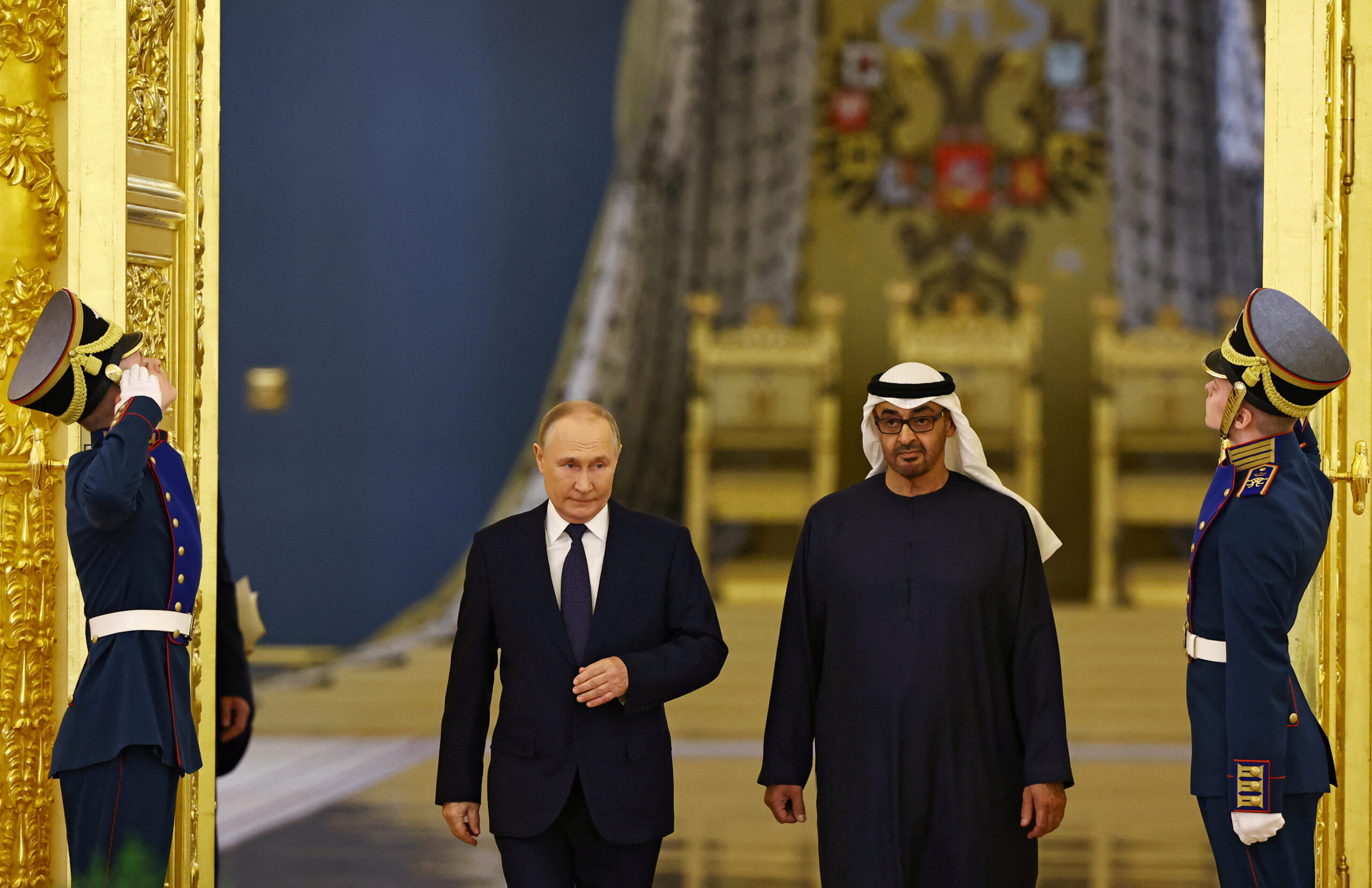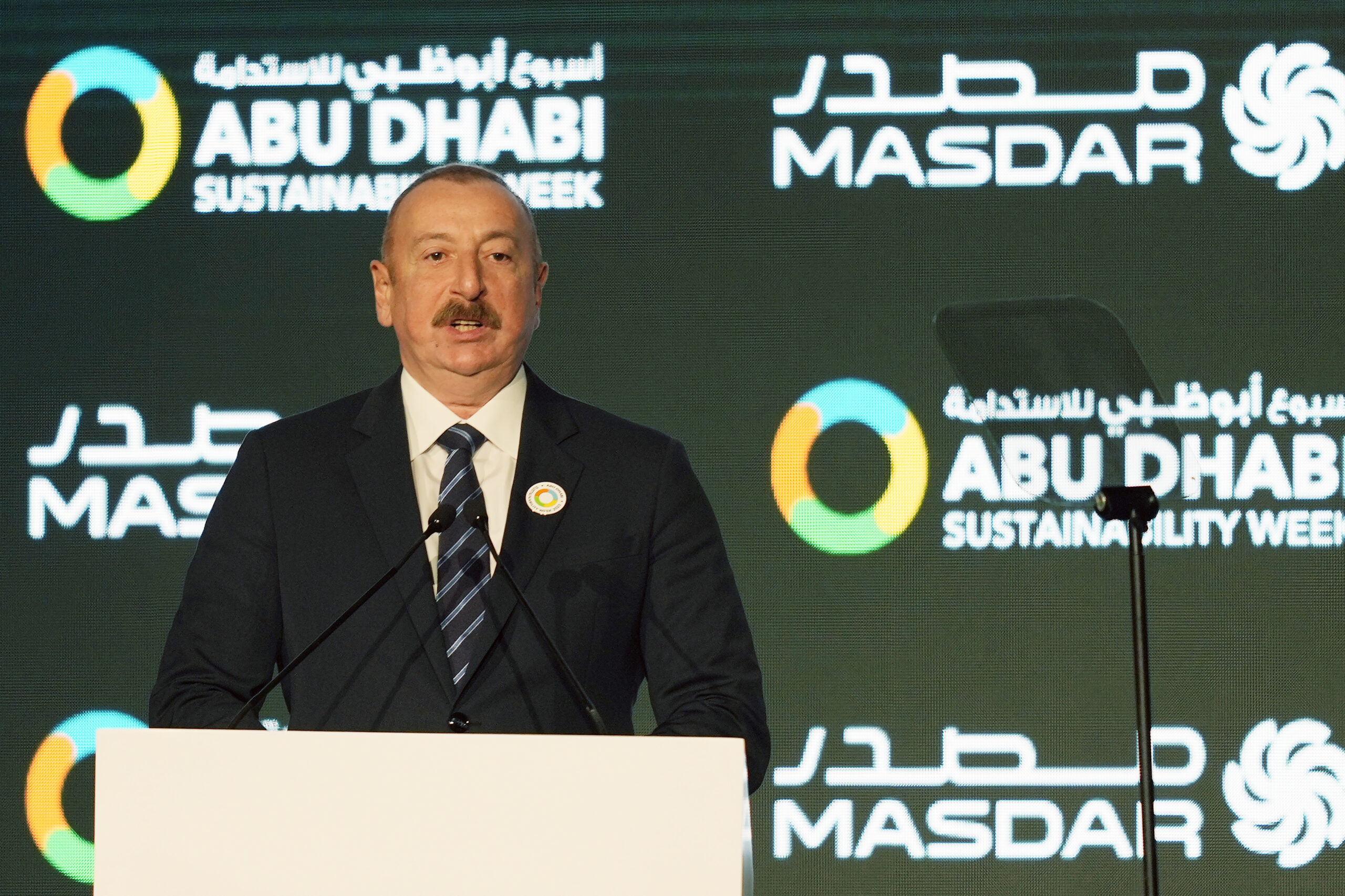Russia Eyes Oman as a Gateway to the Region
Relations between Oman and Russia are growing fast, but limitations exist to expanding ties.
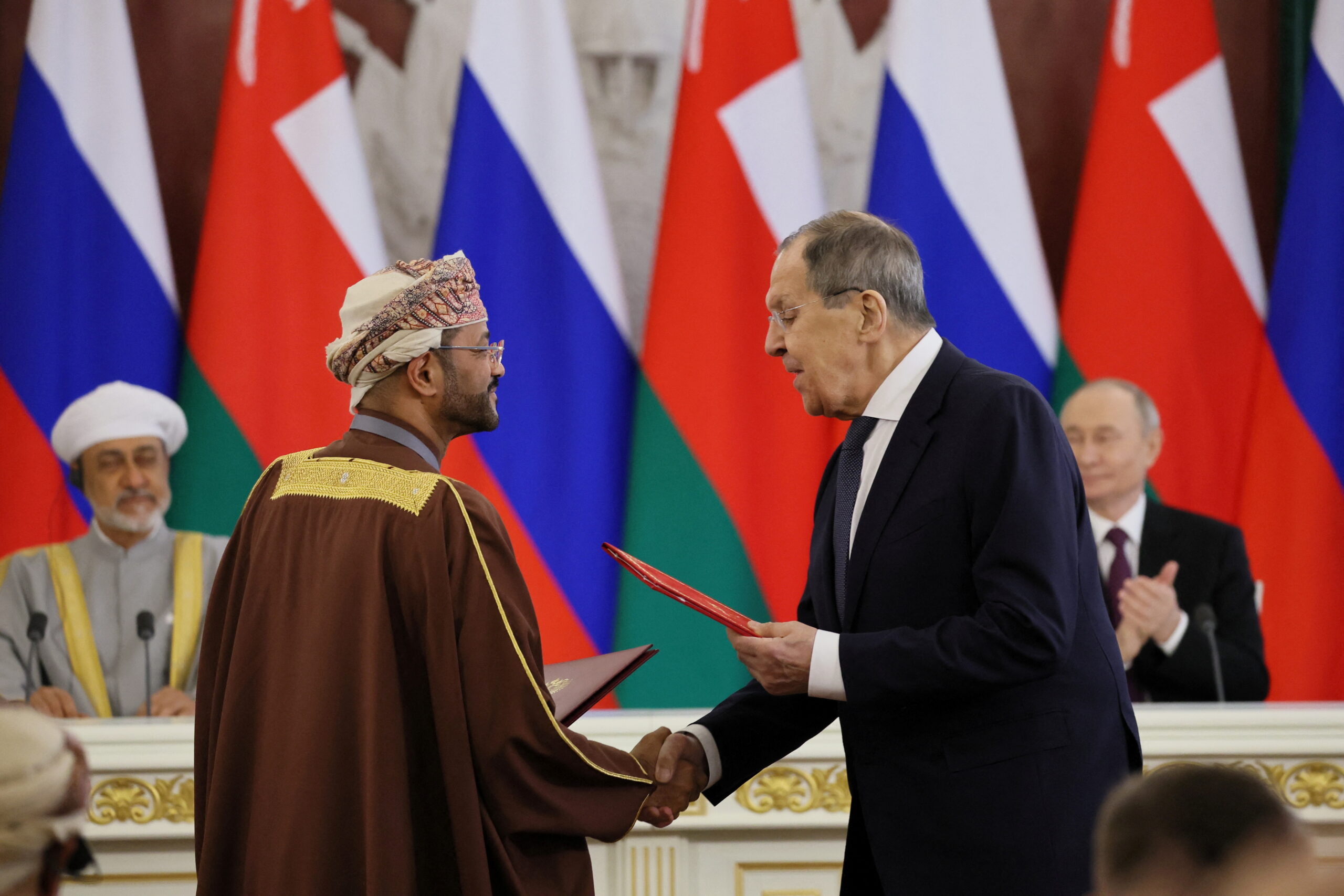
Since the outbreak of the war in Ukraine, Oman and Russia’s bilateral relations have grown significantly, driven by socioeconomic development in Oman and wider geopolitics in the Middle East.
In 2023, Russian and Omani officials exchanged several visits. In July, Russian Foreign Minister Sergei Lavrov made his first visit to Muscat since 2016. In September, a Russian delegation of law enforcement agency representatives, the Rosatom State Corporation, and the central bank visited Oman. Just three months later, the Omani minister of culture, sports, and youth, Crown Prince Sayyid Theyazin bin Haitham al-Said, traveled to Moscow and met with Russian President Vladimir Putin.
The two countries have since worked to strengthen economic ties. In 2023, Oman’s foreign minister said the country was working with Russia on reaching a mutual investment promotion agreement. Oman also participated as an honorary guest at the 2024 St. Petersburg International Economic Forum and at the 2024 international economic forum “Russia – Islamic World: KazanForum.” In October 2024, Muscat hosted the business mission “Made in Russia,” with 39 Russian companies from a range of sectors. Trade ties have grown drastically: In 2010 trade turnover between the countries was $12 million and exceeded $400 million by 2023. However, the trade balance has tilted in favor of Russia – in 2022, Russia exported $246.8 million in goods to Oman and imported only $4 million.
Bilateral relations reached a new level in April 2025 with a visit by Omani Sultan Haitham bin Tariq al-Said to Moscow, where he met Putin for the first time. During the visit, Oman and Russia signed an agreement to establish a visa-free regime and discussed wider energy, trade, infrastructure, and diplomatic ties. And in October 2024, Oman participated in trilateral naval exercises in the Indian Ocean with Russia and Iran.
The recent progress in strengthening relations has been especially noteworthy given the short history of diplomatic relations between the two countries. In the Cold War era, Oman was suspicious of the Soviet Union’s ambitions and exportation of communism. The countries only established diplomatic relations in September 1985, a rare exception from the Soviet Union’s otherwise sprawling diplomatic presence in the Middle East.
Oman: A Regional Gateway?
Moscow’s emphasis on closer ties with Oman is part of a reorientation toward the Middle East and Asia. It has come as Russia works to mitigate pressure from Western sanctions imposed following its 2022 invasion of Ukraine. It also represents an effort by Moscow to reposition itself in the Middle East amid a regional shift in the balance of power following the overthrow of the regime of Bashar al-Assad in Syria, the Gaza war, and the June conflict between Israel and Iran. Russia values Oman’s pivotal diplomatic outreach and the role it has played particularly as a host and facilitator between Iran and Western powers and other Gulf countries.
Russia’s engagement with Oman fits into Moscow’s outreach strategy in the Middle East, particularly with the Gulf Cooperation Council states. Russia announced that it would host a summit with the Arab League, including Oman, later in 2025. In April, Russia hosted Qatar’s emir, Tamim bin Hamad al-Thani, and the two countries pledged to dedicate $1.14 billion each in a joint investment fund. On August 7, the United Arab Emirates’ president visited Moscow to discuss bilateral trade and investments.
Russia sees Oman as an entry point for Russian products and businesses into the Gulf region. Oman is particularly attractive for Russian businesses because of its special economic and industrial zones, especially given a 2023 agreement on the elimination of double taxation between the two countries. Oman is also attractive with its opportunities for connectivity, particularly through its ports along the Omani Sea coast. The Sohar port is linked to India, China, Japan, South Korea, and the countries of the Red Sea region. Oman’s geographic location and historical cultural and economic ties with East Africa are also appealing to Russia. Oman has also considered joining the International North-South Transport Corridor, which runs from Russia’s Baltic and Caspian ports to Iran and further south to the Gulf and India. And Moscow and Muscat signed a memorandum of understanding on transit and transportation in April.
For Oman, the reorientation of Russia’s economy toward the Global South provides economic opportunities, as Muscat actively pushes to diversify economic relations as part of its Vision 2040 initiative. Oman wants to use Russian artificial intelligence technologies in its industry to accelerate economic growth. The Omani leadership has likewise mentioned cooperation in the energy sphere. Moreover, given that Russia is Oman’s main supplier of wheat, Muscat can look to Russia’s experience in agriculture as well as transportation.
Yet there are limits to Russian-Omani relations. Muscat aspires to maintain a neutral status globally and enjoys close ties with the United Kingdom and the United States. Oman’s Vision 2040 requires Western investment and knowledge for a successful economic transformation. This is a hurdle for Oman when contemplating closer alignment with Russia. There is also a geographic distance that hampers quick and effective linkage between Oman and Russia. Transit through Iran is not easy logistically nor does the present security situation in the Middle East allow for quick expansion of the International North-South Transport Corridor. Nonetheless, Oman will likely continue to build closer ties with Russia – as much as possible without harming Muscat’s firmer and more traditional ties with Western powers.
The views represented herein are the author's or speaker's own and do not necessarily reflect the views of AGSI, its staff, or its board of directors.


